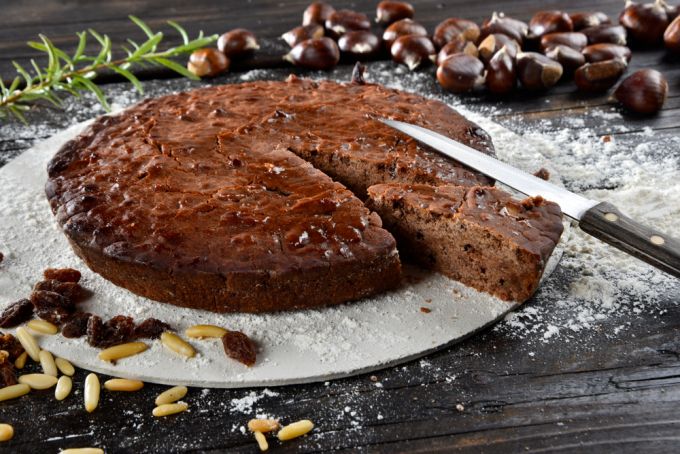A guide to the 'poor cuisine' in Tuscany
Simple-yet-hearty dishes have been a staple of Italian cooking since the Middle Ages.
For centuries, farmers and peasants had to learn how to utilize minimal ingredients and food scraps to create dishes that provided sustenance throughout all seasons of the year. This culinary tradition is known as cucina povera, or poor cooking.
Cucina povera dishes have survived in Italy due to their simplicity, nutritiousness, and waste-free nature. The tradition has a particularly large presence in Florence and the region of Tuscany, whose culinary philosophy is “qui non si butta via niente,” or “we throw nothing away here.”
While dishes vary regionally, at their core, they are frugally sourced and prepared, often containing legumes and vegetables. In Tuscany, bread is also a common addition to cucina povera dishes. It is characteristically unsalted due to the cost of salt during the Middle Ages which ultimately made it a versatile ingredient to be used in other dishes.
Today, such dishes can be found in various forms, from traditionally-prepared to elaborately-decorated and Michelin-starred. As both a sustainable and traditional way of cooking, the cucina povera tradition may provide visitors with a unique culinary alternative to Italy’s famed pasta and pizza.
Ribollita
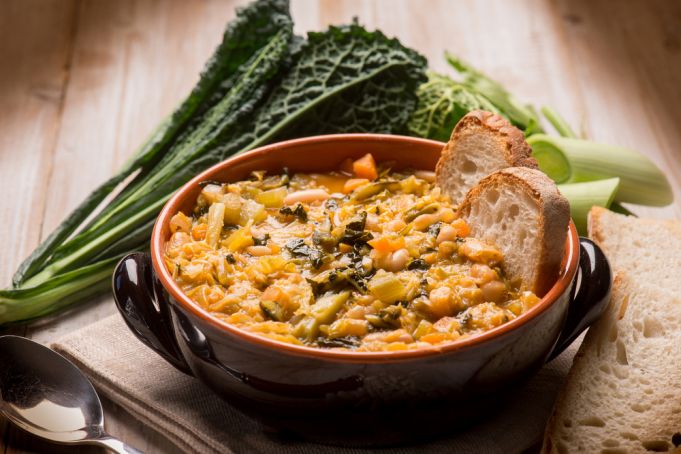
A meat-free, wintertime bread soup, ribollita originated during the Middle Ages. Its name translates to “reboiled,” as its ingredients originally derived from nobles’ leftovers that were altered and reheated by servers and peasants. They would soak stale bread chunks in a soup of kale, potatoes, white beans, carrots, onions, and any other available vegetables to create this dish that would last them for days.
Pappa al pomodoro
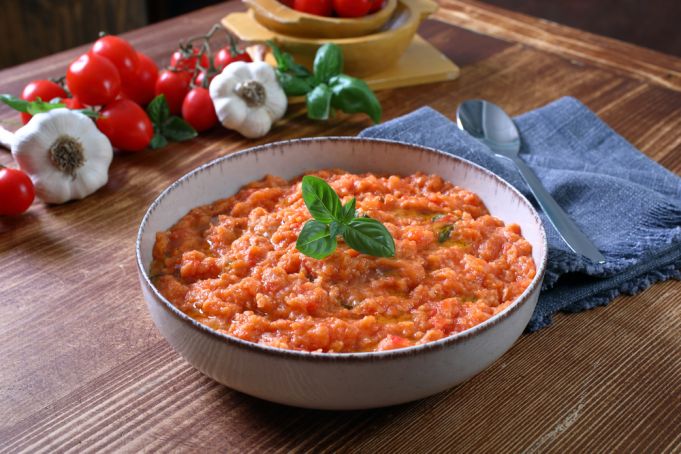
This dish became a symbol of Italian pop culture after the release of Rita Pavone’s 1965 song “Viva la pappa col pomodoro.” Pappa al pomodoro is another classic of cucina povera in the form of a pappa, which has a texture similar to that of baby food. It is made up of stale bread and a mix of fresh tomatoes, olive oil, garlic, and basil. Originally from the Siena region of Tuscany, pappa al pomodoro can be found on menus throughout the city of Florence, and it’s best enjoyed alongside a basket of typical Tuscan bread.
Panzanella
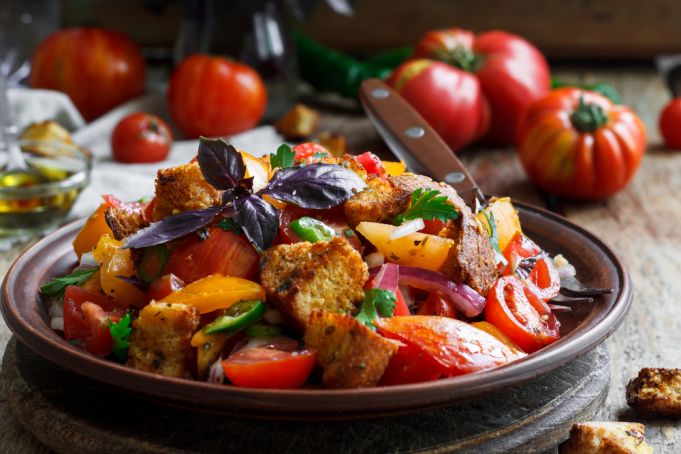
Lampredotto
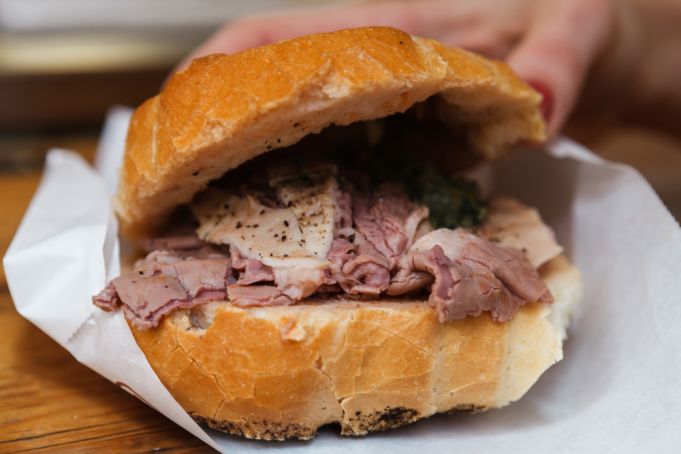
Castagnaccio
